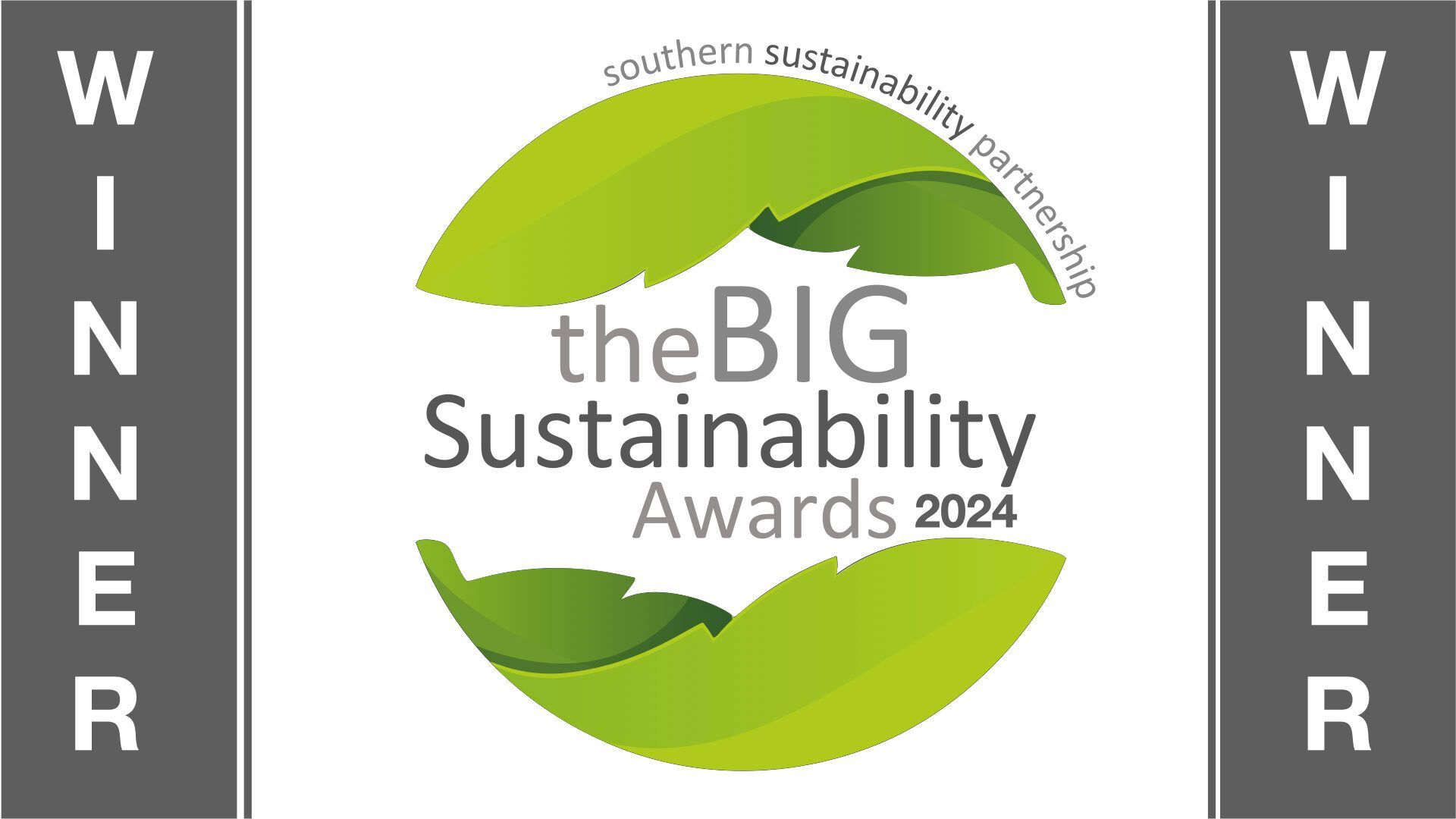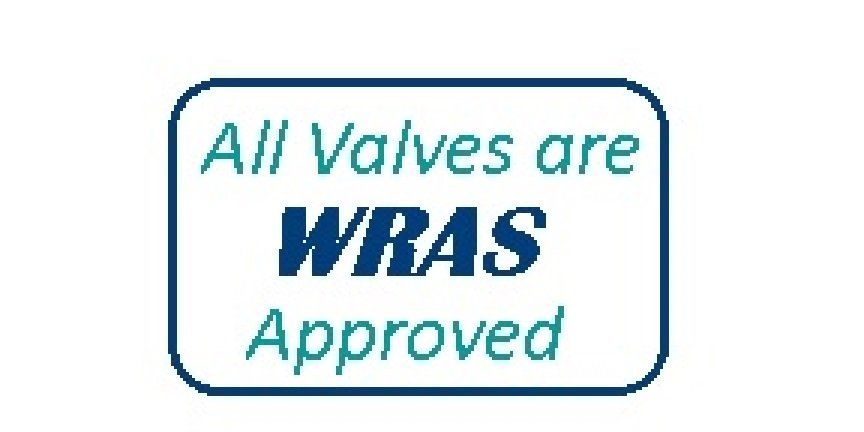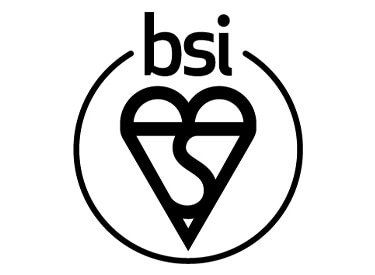A Powerful Tool For Care Assisted Facility
Introduction
In Care Assisted Facilities, the seemingly unassuming water leak detection system emerges as a powerful tool with multifaceted benefits that extend far beyond its primary function. This document explores the pivotal role of these systems in enhancing the operations, safety, and sustainability of care assisted facilities. The water leak detection system not only safeguards residents and the environment but also drives cost savings, resource efficiency, and a sterling reputation in the competitive landscape. As care facilities strive for excellence and sustainability, this technology becomes a symbol of their unwavering commitment to the well-being and safety of residents and the broader world.
Protection and Safety:
Within the nurturing embrace of a care assisted facility, the safety of residents is paramount. Water leaks might appear innocuous, but their consequences can ripple into serious hazards. A water leak detection system acts as an ever-watchful guardian, promptly alerting staff to any irregularities in the facility's water infrastructure. Whether it's a minor drip or a major burst, early detection prevents potential slip and fall accidents, electrical malfunctions, mould growth, and property damage. The system's swift response ensures that the staff can act swiftly to mitigate risks, safeguarding the residents and their environment. The safety and well-being of residents in care assisted facilities are of the utmost importance. These facilities cater to individuals who often require specialised care, making it essential to maintain a secure and hazard-free environment. Water leaks, even seemingly minor ones, can lead to slippery floors, creating the risk of accidents, especially for residents with mobility issues. Additionally, leaks can affect the facility's electrical systems, potentially leading to safety hazards. Mould growth resulting from unaddressed leaks can pose health risks to both residents and staff. A water leak detection system, with its real-time monitoring and alerts, acts as an essential layer of protection. It promptly notifies staff of any water-related issues, enabling them to take immediate action. This proactive approach ensures that potential hazards are addressed swiftly, mitigating risks and ensuring the well-being of residents.
Cost Savings and Resource Efficiency:
In a world where resources are precious, every drop counts. A water leak detection system is an advocate for both conservation and financial prudence. By pinpointing leaks swiftly, the system prevents wastage of water, a resource that's indispensable yet all too often taken for granted. Reduced water consumption leads to tangible cost savings, channelling funds towards improving the quality of care and services offered to residents. Moreover, these systems contribute to prolonging the longevity of plumbing infrastructure, minimising the need for expensive repairs and replacements. By nipping issues in the bud, the facility can allocate its budget more strategically, enhancing the overall experience for residents. Resource efficiency and financial prudence are vital considerations in the operation of care assisted facilities. These institutions
often face budgetary constraints and the need to optimise resource allocation. Water is a precious resource, and any wastage can lead to increased operational costs, affecting the quality of care that can be provided. A water leak detection system plays a critical role in resource conservation. By identifying and addressing leaks promptly, it prevents the unnecessary wastage of water. The cost savings generated by reduced water consumption can be redirected to improving the quality of care, enhancing facilities, or expanding services for residents. Furthermore, by minimising the need for costly plumbing repairs and replacements, these systems contribute to the efficient use of financial resources. The facility can allocate its budget more strategically, ensuring that residents receive the best possible care.
Environmental Stewardship:
The silent advocacy for a sustainable future doesn't just end within the walls of a care assisted facility; it extends to the larger community and the environment as a whole. By efficiently managing water usage through leak detection systems, these facilities become role models of responsible resource management. The reduction in water wastage directly correlates with a decrease in the carbon footprint, aligning with global efforts to conserve water and combat climate change. This environmental stewardship creates a ripple effect that reaches beyond the facility's boundaries, inspiring others to adopt eco-friendly practices.
In today's world, environmental stewardship is an ethical imperative. Care assisted facilities, like all organizations, have a role to play in reducing their environmental impact and contributing to a sustainable future. Water conservation is a critical component of this effort. A water leak detection system is an essential tool in minimising water wastage. By promptly identifying and addressing leaks, these systems contribute to responsible resource management. This not only conserves water but also aligns with global efforts to combat climate change. Reduced water consumption leads to a lower carbon footprint, as less energy is required to treat and transport water. The positive impact of these systems extends beyond the facility's walls, setting an example for environmentally responsible practices.
Enhanced Reputation and Resident Satisfaction:
In the competitive landscape of care assisted facilities, a sterling reputation is worth its weight in gold. By incorporating water leak detection systems, these facilities exhibit a commitment to safety, efficiency, and innovation. Prospective residents and their families seek establishments that prioritise the well-being and comfort of their charges. A facility that boasts advanced technology for ensuring safety and resource management not only attracts a discerning clientele but also creates an atmosphere of trust and reliability. Residents, in turn, feel secure and well-cared-for, leading to higher satisfaction rates and positive word-of-mouth endorsements. Reputation and resident satisfaction are critical factors in the success of care assisted facilities. These institutions compete to attract and retain residents, and a strong reputation can be a significant advantage. The integration of water leak detection systems sets care assisted facilities apart in the eyes of prospective residents and their families. It demonstrates a commitment to safety and innovation, showing that the facility goes the extra mile to ensure the well-being and comfort of its residents. This commitment not only attracts discerning clientele but also fosters an atmosphere of trust and reliability. Residents, in turn, feel secure and well-cared-for, leading to higher satisfaction rates and positive word-of-mouth endorsements. Satisfied residents and their families become advocates for the facility, further enhancing its reputation.
In conclusion
The water leak
detection system, seemingly inconspicuous, emerges as a powerful tool in the ecosystem of care assisted facilities. Its protective embrace shields residents from potential dangers, while also contributing to cost savings, resource efficiency, environmental conservation, and a sterling reputation. As care assisted facilities continue to evolve in their pursuit of excellence, the integration of advanced systems like water leak detection becomes not just a necessity, but a symbol of their unwavering commitment to the safety, well-being, and sustainability of their residents and the world at large. Care assisted facilities, as the custodians of vulnerable individuals, must embrace every opportunity to enhance their operations and create an environment that not only meets the needs of their residents but also sets an example of responsible, efficient, and innovative care. Water leak detection systems, despite their unassuming appearance, are integral in achieving these goals and ensuring a brighter, safer future for all.





